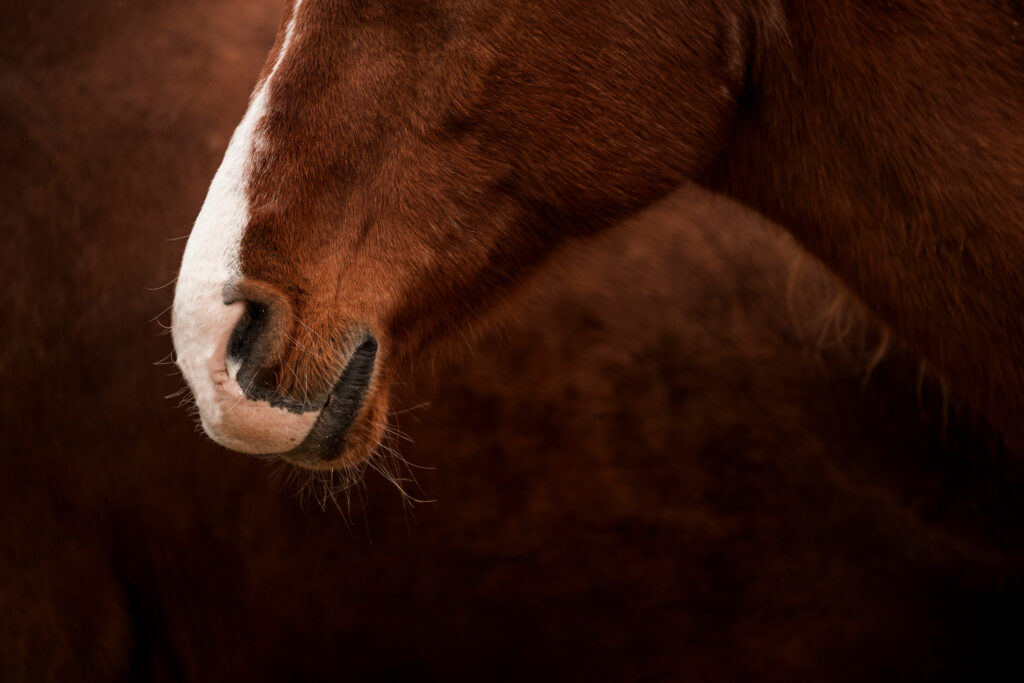Are you familiar with the signs of gastric ulcers in horses? Whether you’re dealing with a finicky eater, preparing a performance horse for competitions, or just looking to enhance your feeding routine, having a good understanding of equine gut health is crucial for the overall well-being of your horse.
Test your knowledge with our five-question Gut Check Challenge to determine how well you know about equine ulcers, appetite triggers, and feeding strategies. After taking the challenge, read on for detailed answers and expert insights to help you confidently care for your horse.
Ready to put your gut instincts to the test?
1. True or False:
Behavior changes, such as girthiness or mood swings, are always reliable indicators of gastric ulcers.
2. What percentage of horses will develop gastric ulcers at some point?
A. 10%
B. 25%
C. 50% or more
D. 90%
3. Which feeding habit helps prevent gastric ulcers?
A. Two large meals per day
B. Free-choice access to forage
C. Frequent use of NSAIDs
D. More grain, less hay
4. True or False:
A fecal test is the most accurate way to diagnose gastric ulcers.
5. What’s the most effective combination for treating and managing gastric ulcers in horses?
A. Increased grain and stall rest
B. Fecal testing and probiotics
C. Omeprazole plus management changes
D. Feeding more roughage and adding appetite stimulants

Check Your Answers
1. False
While girthiness, mood swings, and decreased performance are often attributed to ulcers, they are not definitive signs and may be caused by other factors such as saddle fit, training stress, or dental issues. A confirmed ulcer diagnosis requires a gastroscopy.
2. C. 50% or more
Gastric ulcers are highly prevalent, particularly in performance horses subjected to stress, confinement, and travel. Research indicates that over 50% of horses will develop ulcers at some point in their lives.
3. B. Free-choice access to forage
Horses naturally graze throughout the day, which helps maintain stomach acid balance. Constant availability of hay or pasture assists in reducing acid production and supporting gut health, especially in horses prone to ulcers.
4. False
A fecal test is not a reliable method for diagnosing gastric ulcers and can yield false positives due to other conditions like colitis. The most accurate diagnostic tool is a gastroscopy, where a veterinarian uses a camera to examine the stomach lining.
5. C. Omeprazole plus management changes
The most effective approach to treating gastric ulcers involves omeprazole treatment (prescribed by a vet) along with dietary and lifestyle adjustments such as increasing forage, reducing stress, limiting NSAID usage, and providing frequent meals. This comprehensive strategy addresses both the underlying causes and symptoms of ulcers for long-term gut health.
MORE HORSE TRIVIA

